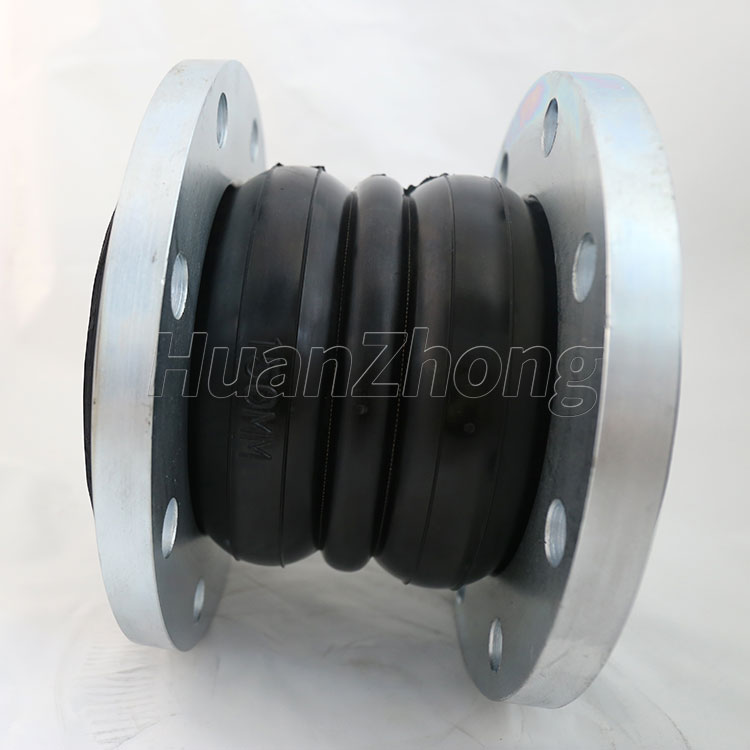Production process of forging flanges for rubber joints
Production process of forging flanges for rubber joints
The forging process of rubber joint forging flange usually includes the following steps, i.e. selecting high-quality billets, heating after forging, forming and cooling. Forging methods include free forging, die forging and tire film forging. In the production process, different forging methods are selected according to the quality of forgings and the number of production batches.
Free forging has low productivity and large machining allowance, but the tools are simple and versatile, so it is widely used to forge single pieces and small batches of forgings with simple shapes. Free forging equipment includes air hammers, steam hammers and hydraulic presses, which are suitable for small, medium and large forgings respectively.
Die forging is highly productive, simple to operate and easy to mechanize and automate. High dimensional accuracy of die forgings, small machining allowance, more reasonable distribution of forgings' fibers, can further improve the service life of the parts.
First, the basic process of free forging: free forging, the shape of the forgings is gradually forged into the billet through some basic deformation process. The basic processes of free forging are upsetting, drawing, punching, bending and cutting.
Second, die forging die forging is called model forging, the heated billet is placed in the forging die fixed on the die forging equipment to forge the shape.
